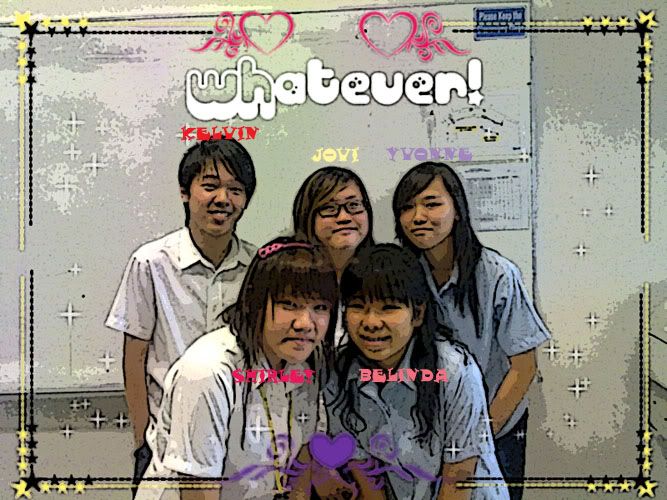

 Map of Chinatown
Map of Chinatown
Singapore's Chinatown evolved around 1821 when the first Chinese junk arrived from Xiamen, Fujian province in China. The passengers and all the men, set up their home around the south of the Singapore River which is known today as Telok Ayer. Chinatown’s local name - "Niu Che Shui" (Bullock Cart Water) arose from the fact that each household had to collect fresh water from the wells in Ann Siang Hill and Spring Street, using bullock-drawn carts.
Chinatown are divided into four main districts - Kreta Ayer, Telok Ayer, Tanjong Pagar and Bukit Pasoh with each of its own distinctive flavour.
Pictures of Chinatown:
Past -
Night view -
Four Districts:
1. Kreta Ayer
"Kreta Ayer" means bullock cart water, where trade and activities abound. In the old days, it was Kreta Ayer that housed the gambling and opium dens, brothels, restaurants and theatres. Its concentration of entertainment and night life earned itself the nickname “Bu Yeh Tien” – literally “the sky that is never dark”.Bound by the bustling South Bridge Road and New Bridge Road, and traversed by streets like Mosque, Smith, Pagoda, Temple, Sago, Banda and Trengganu. Kreta Ayer is a hub of activity, particularly during Chinese New Year where street vendors hawk their ware, from paper talismans and traditional costumes to Chinese pastries and snacks.
2. Telok Ayer
In 1822, Telok Ayer was set aside as the main landing site for chinese immigrants. As the street used to run along the seashore, it earned the name Telok Ayer, meaning “water bay” or “watery bay” in Malay.
Temples and mosques are plentiful in this area as they were built by Chinese and Muslim immigrants to show their gratitude for safe passage. Temples were constructed not only for religious reasons but also social ones as they were often used as meeting places for various clans and dialect groups. The more well known temples and mosques in Telok Ayer are Tak Chi Temple, now restored as a museum, the Thian Hock Keng Temple, the Nagore Durga Shrine, and the Al Abrar Mosque.
3. Tanjong Pagar
Along the fringes of Chinatown is Tanjong Pagar, with rows of pubs, bars and karaoke lounges in exquisitely conserved pre-World War II shophouses.
4. Bukit Pusoh
Also known as the Street of Clans, houses a number of Chinese cultural and clan associations. This area, where ladies of the night used to entertain, is now known for its cafes and boutique hotels.

HomePage
Transportation in Singapore
MRT| Shuttle Bus|
SBS Bus| Taxi|
Local Foods in Singapore
Bak Kut Teh| Laksa| Wanton Noodle |
Hainanese Chicken Rice | | Char Kway Teow |
Penang Fried Kway Teow | Hokkien Mee
Porridge | Satay | Yong Tau Foo |
Place of Interests in Singapore
Night Safari | Zoo | Science Centre | Esplanade |
Chinatown | Marina Barrage | Jurong Bird Park |
Singapore Flyer | Singapore Discovery Centre |